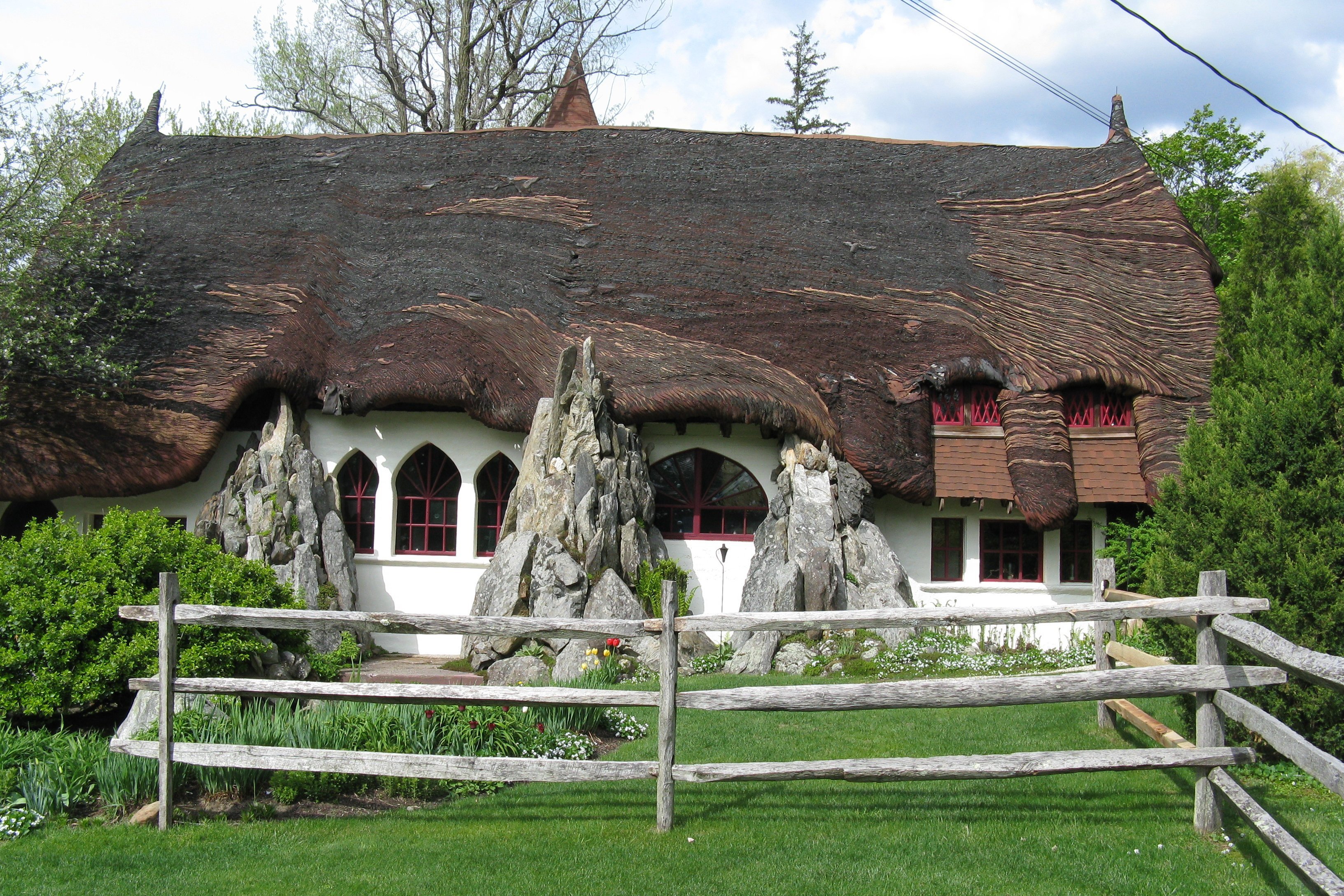On the first Sunday in November, the weather was gray and indifferent, not pleasant enough to encourage outside chores, not bad enough to stay inside with a book. Even as I was contemplating this dilemma, knowing that outdoor chores were really the correct answer, the phone rang. It was Sidekick, in much the same mood, wondering if I might be interested in a road trip 'up' to the Colby College Art Museum in Waterville (although actually due west a couple of hours, like all trips inland in Maine, it feels 'up'). Road trip with a favorite partner in crime or chores? The decision took about 1.3 seconds.
Not quite two hours later, after a drive through China, we arrived at Colby. The campus is a handsome one, created in the 1930's. It is a classic of its era, the creation of one Dr. Bixler, then the ambitious president of what the then small regional college. Sitting on Mayflower Hill, its Georgian buildings and quadrangles were inspired by the great early Universities, including Harvard and the University of Virginia.
The centerpiece is the Miller Library, a Colonial Revival building with a whiff of Independence Hall in its architecture. 191 feet high, it was, until the 1970s the tallest building in Maine. (Since you ask, the current tallest building is an apartment building in Portland. At 203 feet, it ranks 46th or 47th---depending on how you interpret the Wikipedia information---among each State's tallest buildings. Only Vermont, North Dakota, and Wyoming rank higher, I mean, lower.)
 |
| On the outskirts of China, a Greek Revival farmhouse with beautiful Ionic columns |
 |
| The original 19th century Colby College Campu |
 |
| The Miller Library on the 'new' campus at Colby College, for years the tallest building in Maine. |
We parked and strode to the museum entrance, only to be confronted with a chain link fence with a sign that said 'Closed for Renovation until November 8th'. We had checked the schedule online before leaving home, and on the museum's schedule page found no evidence that the museum was anything but open. As it turned out, the closure was mentioned on the home page, but we had googled 'schedule', thus by-passing that page. You'd think those smart people at the museum would have troubled to mention it on their schedule page also, wouldn't you? Thank-you. So would I. Especially on the schedule page. Really.
Colby's collection is well worth the visit. Among the works we didn't see that day are:
Regrouping, we decided to save the day by going through Rome---and then continuing on to South Solon and visit the South Solon meeting house, with its amazing frescoed walls, for our dose of art.
Colby's collection is well worth the visit. Among the works we didn't see that day are:
 |
John Singleton Copley
Mrs. Metcalf Bowler (Anne Fairchild), 1758-1759 Oil on canvas Gift of Mr. and Mrs. Ellerton M. Jetté |
 |
Winslow Homer
The Trapper, 1870 Oil on canvas Gift of Mrs. Harold T. Pulsifer |
 |
John Marin
Stonington, Maine, 1923 Watercolor and charcoal on paper 21 3/4 in. x 26 1/4 in. Gift of John Marin, Jr. and Norma B. Marin |
 |
Fairfield Porter
Stephen and Kathy, 1963 Oil on canvas Museum purchase from the Jere Abbott Acquisitions Fund |
Hungry, we stopped for lunch in Skowhegan, an old mill town on the Kennebec, where a few years ago HBO filmed 'Empire Falls', based on the novel of the same name by Richard Russo, about...an old mill town. The first time I went to Skowhegan, decades ago, the last log drive was taking place on the Kennebec---millions of logs being floated downriver for processing. Not environmentally sound, but a stirring sight nevertheless.
 |
| The last log drive on the Kennebec. In places, one sees the Kennebec as it appeared 240 years earlier, when Benedict Arnold led his troops upriver to Quebec during the American Revolution |
For these two hungry tourists, the defining moment was when we spotted Poutine on the menu. Somehow, in a lifetime of trying all foods bad for me, this one had eluded me, a Canadian logger favorite of French Fries covered with brown gravy (ever the effete elitist, I was about to type 'sauce', but in fact, it was gravy) and melted cheese curd, and in our case, crumbled bacon. Appalling in concept, delicious in execution.
| Poutine. Okay, so it wasn't Lutece, but trust me, we licked the plate clean. |
 |
| Up in the middle of nowhere: the Solon hotel anchors the town. A friend said 'Oh yeah, the Solon hotel. R.E.M. played there'. One learns to expect the unexpected in rural Maine. |
 | ||
| As in most of early 19th century Maine villages in more prosperous times, the evidence of talented builders using Asher Benjamin's pattern books for inspiration can be found. This lovely little Greek Revival doorway, complete with triglyphs and metopes (however oddly spaced in the apex of the pediment) can be found on a Cape on Solon's Main Street. In this part of Maine, tin roofs are the norm |
 |
| Across the street, this oddly shallow 19th century house, not even 12 feet deep, is irresistable. |
 |
| The road to South Solon |
We decided to go home by way of Athens, and mapped out our trip, only to find that the road petered out to a single dirt lane. With the light waning, we decided this was not the day to be lost driving about the woods of Maine, and turned around and head down to I-95. All was not lost, though, for we were rewarded on that back road by this view of Saddleback Mountain and the Rangeley hills an hour distant.
 |
| Leaving the Meeting House, a rainbow illuminated a sky that echoed that of the frescoes within |
 |
| The view from a field near Athens. |








































